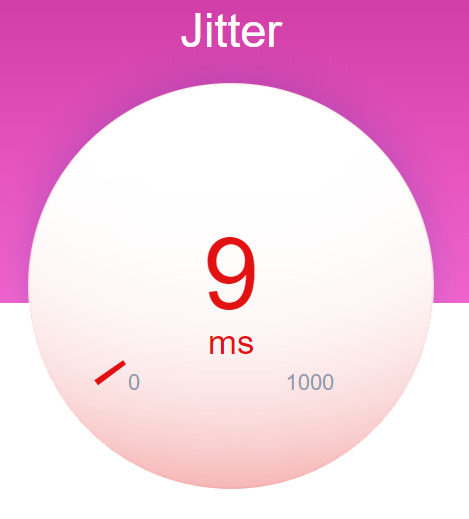Welcome to SpeedTest, your one-stop destination for measuring your internet speed. In the fast-paced digital era we live in, a dependable and high-speed internet connection has become an indispensable necessity for everyone. Whether you’re a casual internet user, a dedicated online gamer, or a business professional, knowing your connection speed is essential. That’s where SpeedTest comes in – a powerful and user-friendly tool that allows you to measure your internet speed accurately.
What is SpeedTest?
SpeedTest is a simple and effective web application to check your internet connection speed. It provides valuable insights of your internet connection like download and upload speeds, as well as the latency of your internet connection. By running a SpeedTest, you can determine whether your current plan meets your needs or if there are issues that need to be addressed to improve your internet performance.
Why is Speed Test Important?
Running a Speed Test is essential for several reasons:
- It helps you understand if you are getting the speed you’re paying for from your internet service provider (ISP).
- A Speed Test can identify potential connectivity problems, allowing you to troubleshoot and address them promptly.
- With accurate speed measurements, you can ensure smooth streaming and gaming experiences without buffering or lag.
- For those who rely on video conferencing for work or personal use, a Speed Test can help ensure clear and uninterrupted calls.
What do the results of the Speedtest mean?
The above speedtest results will provide you with four key metrics:
- Download speed
- Upload speed
- Ping (latency)
- Jitter
Now, let’s examine each of these metrics in more detail:
Download Speed
Download speed refers to how quickly data is received from the internet to your device. It is measured in Mbps (megabits per second) and directly impacts activities such as streaming videos, downloading files, and browsing websites. The higher the download speed, the faster you can access content from the internet.
Upload Speed
On the other hand, upload speedtest indicates how fast data is sent from your device to the internet. This metric is crucial for tasks like uploading files, sending emails with attachments, or live streaming. Upload speed is also measured in Mbps and influences the efficiency of your interactions with the online world.
Ping (Latency)
Ping, often referred to as latency, measures the response time between your device and the server. It is gauged in milliseconds (ms) and signifies the time it takes for data to travel from your device to the server and back. Low ping values are desirable for smooth online gaming, video conferencing, and real-time communication, as they indicate minimal delays.
Jitter
In addition to the three main metrics, speedtest results also include the jitter value. Jitter measures the variability in the ping time during the speed test. It is displayed in milliseconds and indicates the stability of your internet connection. A low jitter value means a consistent and reliable connection, while high jitter can lead to disruptions during online activities. Understanding these four metrics is essential in evaluating the overall performance of your internet connection. For instance, if you have a high download speed and low latency, you can expect fast and responsive browsing, streaming, and downloading experiences. On the other hand, a strong upload speed ensures smooth file uploads and video conferencing.
What Is Jitter?

Jitter is a term used to describe the variation in the delay of packet arrival time during data transmission over a network. In the context of networking and internet connections, it refers to the inconsistency or irregularity in the time it takes for data packets to travel from the source to the destination. In a stable and well-performing network, data packets should ideally arrive at consistent intervals, ensuring a smooth and predictable data flow. However, in real-world scenarios, network congestion, varying routes, and other factors can cause slight fluctuations in the arrival time of packets. These fluctuations result in jitter. If your jitter is high while speed testing, It can lead you to issues in real-time communication applications, such as voice and video calls, online gaming, and video conferencing. Excessive jitter can cause audio and video glitches, delays, and overall poor user experience. Network engineers and administrators monitor jitter levels to ensure the quality of service in data transmission. They use various network management tools and techniques to minimize jitter and maintain a stable and reliable network performance.






